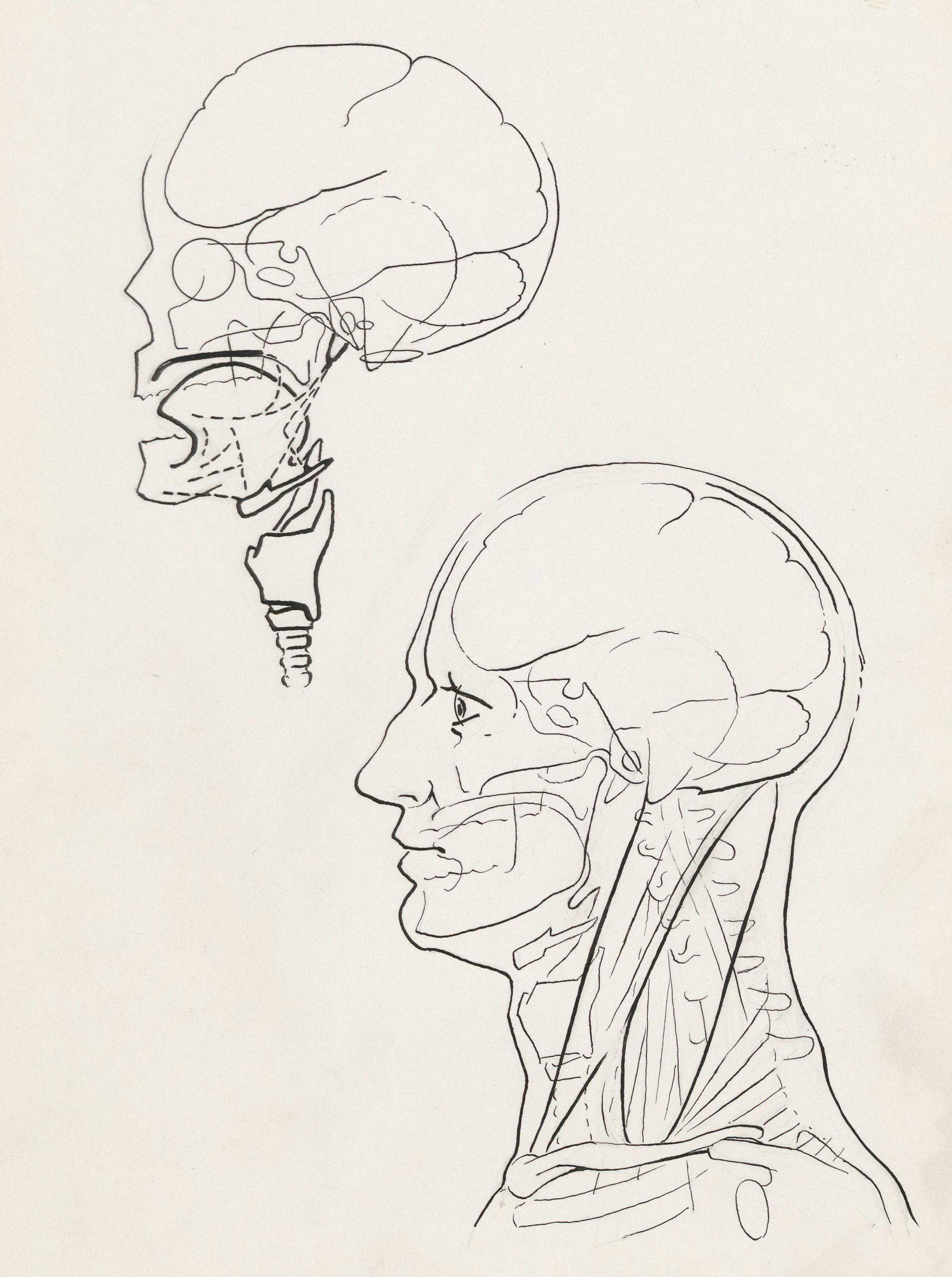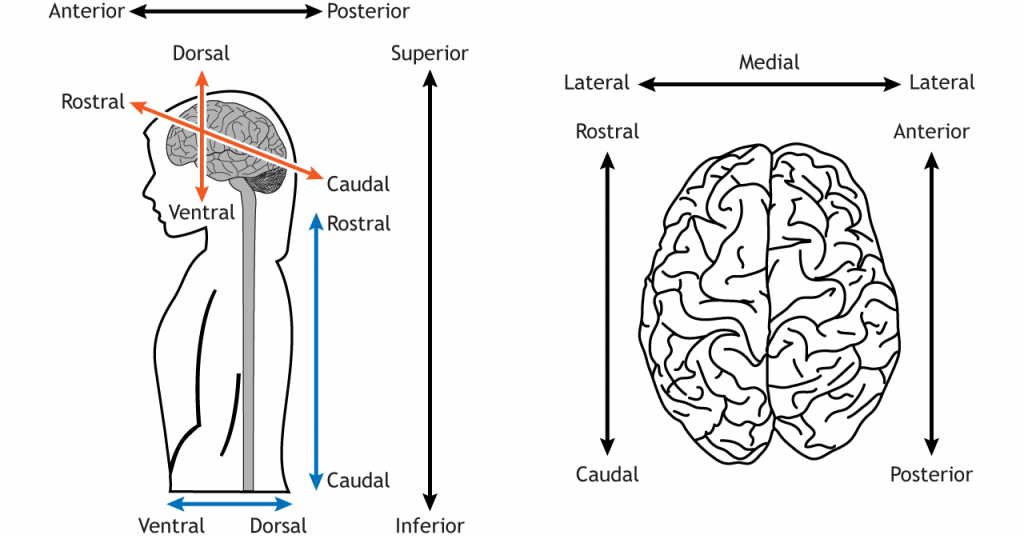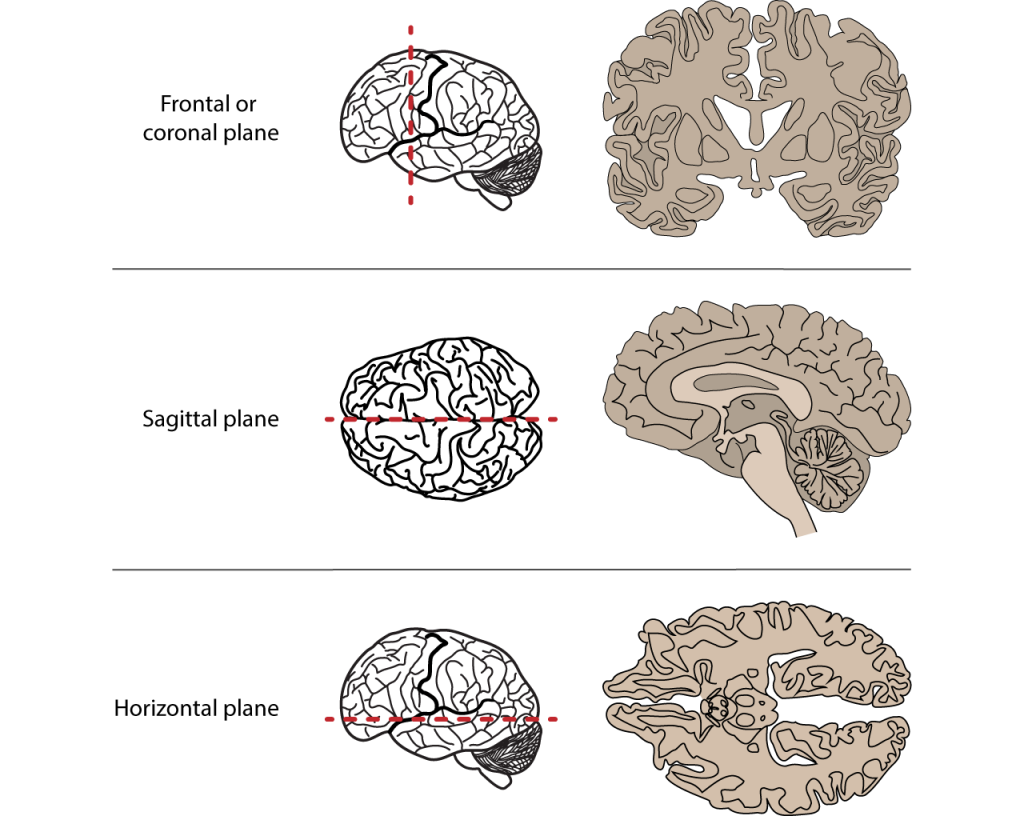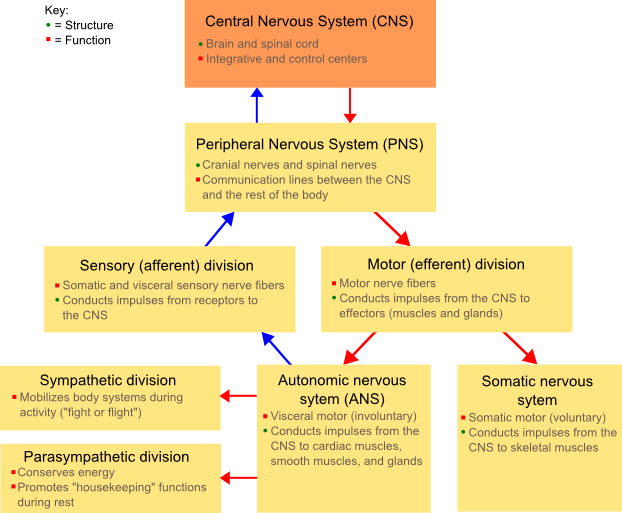Neuroscience for Beginners
What is your brain?
The brain is a 3-pound organ about the size of two balled up fists sitting within your skull (cranium). It is the gatekeeper to your conscious experience of reality, the source of your intellect, and the lifeforce of your bodily functions.

Anatomical Directions
Anatomical directions are very important to remember for further neuroscience study. When referring to the brain:
- anterior = rostral (front) to posterior = caudal (back)
- inferior = ventral (bottom) to superior = dorsal (top)
When referring to the spinal cord:
- ventral = anterior (front) to dorsal = posterior (back)
- superior = rostral (top) to inferior = caudal (bottom).
For a beginning neuroscience student this can be very confusing, since the directions seem to change in the spinal cord. However, this system makes much more sense when studying four-legged animals (quadrupeds). See the diagrams below.


Anatomical Planes
A second introductory anatomy piece are the planes of the brain. This is particularly important when referencing brain images or slices.
- Coronal (frontal): a vertical plane in the medial to lateral direction; it divides the brain into front and back sections
- Sagittal: a vertical plane in the rostral-caudal direction; it divides the brain into right and left sections
- Horizontal: divides the brain into top and bottom sections

Divisions of the Nervous System
The central nervous system (CNS) is defined as the brain and spinal cord, so all nerves outside of these areas, including the cranial nerves and spinal nerves, are considered the peripheral nervous system (PNS).

The peripheral nervous system is further divided into the somatic and autonomic nervous system. The somatic nervous system controls voluntary responses to stimuli and the autonomic nervous system controls involuntary responses. Finally, the autonomic nervous system is divided into the sympathetic and parasympathetic nervous systems.
Sympathetic nerves are responsible for fight or flight responses, priming you for motor activity, supressing digestion. Parasympathetic responses are nearly opposite to sympathetic ones, whereas parasympathetic nerve stimulation aids in resting and digestion. To remember this distinction, simply understand that sympathetic is “fight or flight” and parasympathetic is “rest and digest.”

Gray Matter and White Matter
Tissue in the central nervous system can be further divided into gray and white matter. Gray matter (the outer layer) is composed of nerve cells while white matter (the inner layer) is composed of their projections. The white appearance of white matter is due to myelin, a fatty substance which acts as an insulator for neuronal signals.

Closing Thoughts
In the wise words of Wilder Penfield (1891-1976), an American-Canadian neurosurgeon:
The brain is the organ of destiny. It holds within its humming mechanism secrets that will determine the future of the human race.
All human accomplishments can be attributed to the collective intelligence of society. Computers, pharmaceutics, and skycrapers are due to the great minds of our species. Besides its great cognitive abilities, the brain determines who we are—our tendencies, aspirations, and fears. Our psyche makes us special.
Knowing ourselves means knowing our brains.
Please stay tuned for the next post on types of cells within the nervous system.